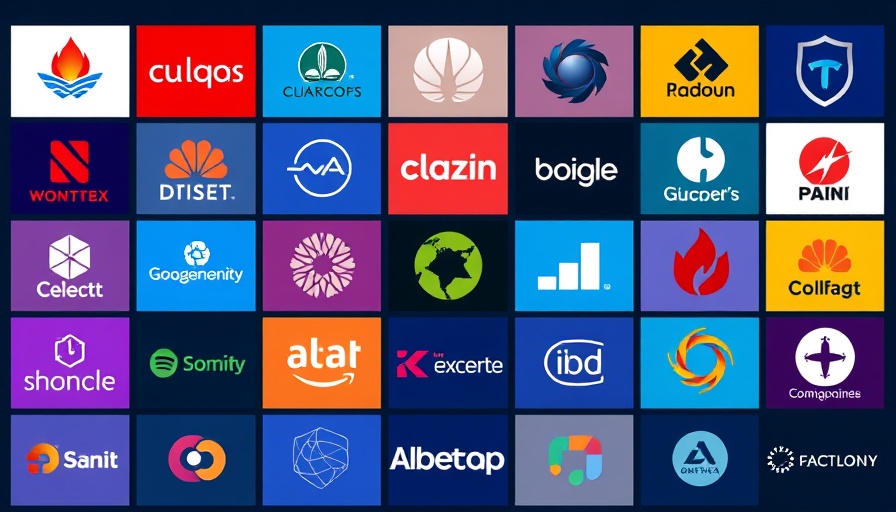
The Future of AI: Big Tech's Strategic Investments
The landscape of technology has drastically shifted in recent years, especially with the meteoric rise of artificial intelligence (AI). As if echoing the dot-com boom, major tech giants are engaging in an intense arms race, channeling resources into AI development and solutions. This monumental push raises an intriguing question: what does this mean for the future of these companies and the broader market?
Understanding the AI Arms Race
In Silicon Valley, the AI arms race represents more than just a competition among tech behemoths. It's an intense scramble for innovation and dominance that has the potential to shape numerous aspects of everyday life. Companies investing heavily in AI—from automating customer service to revolutionizing healthcare—are embarking on a journey that may redefine industries. Investment in AI technology isn’t just about staying ahead; it’s about leveraging next-generation tools to enhance efficiency and drive revenue.
Current Trends in Big Tech Spending
Recent reports show that giants like Google, Microsoft, and Amazon are amassing vast sums in AI research and development. This tide began to turn around 2019 when the idea of machine learning moved from burgeoning technology into a must-have for business strategy. Looking closer, the rapid increments in budgets reflect a growing recognition of AI’s transformative power. Just as the internet became essential in the late '90s and early 2000s, AI is becoming the backbone of numerous services and products today.
The Market's Reaction and Expectations
Investor sentiment is cautiously optimistic. Market analysts predict that AI will not be just a fad but a transformative force capable of repositioning competitive boundaries. This perspective is highlighted by venture capitals focusing on startups utilizing AI to develop innovative solutions. With investments expected to skyrocket, companies demonstrating tangible AI integration into their business models may become frontrunners in acquiring funding and market share.
Real-World Implications and Strategic Decisions
The significance of AI investments underlines the critical need for companies to evolve. As AI technology becomes increasingly sophisticated, organizations will face pivotal decisions on whether to adopt or develop AI solutions. These decisions will impact their operational frameworks and offer potential competitive advantages in a saturated market. Furthermore, the evolving business landscape demands adaptability from employees, necessitating training in AI technologies to remain relevant.
The Importance of Considerations Beyond ROI
Investing in AI isn’t solely about financial returns. As businesses rush to adopt these technologies, ethical considerations around AI usage and data privacy come to the forefront. Corporate social responsibility and sustainable practices are also being reevaluated as companies attempt to balance innovation with integrity. Stakeholders are increasingly pushing firms to focus on the long-term societal impacts of their technological advancements, elevating the conversation around sustainability in tech.
Connecting the Dots: Business Growth and AI Integration
Successful AI implementation could unlock untapped potential for business growth. Companies that can integrate AI into their operations may find themselves with streamlined processes, enhanced customer experiences, and optimized supply chains. However, it is crucial for organizations to approach these integrations thoughtfully, coupling technological advancements with strong corporate culture and employee engagement.
Concluding Thoughts on the AI Future
As we navigate this new era dominated by AI, understanding its implications will be crucial for not only businesses but also the workforce and consumers. For investors, tracking the successes and setbacks of these big tech expenditures will offer valuable insights into the potential of AI reshaping entire industries. With the momentum steadily increasing, being informed about AI trends and corporate strategies is vital for making savvy investment choices.
 Add Row
Add Row  Add
Add 



Write A Comment